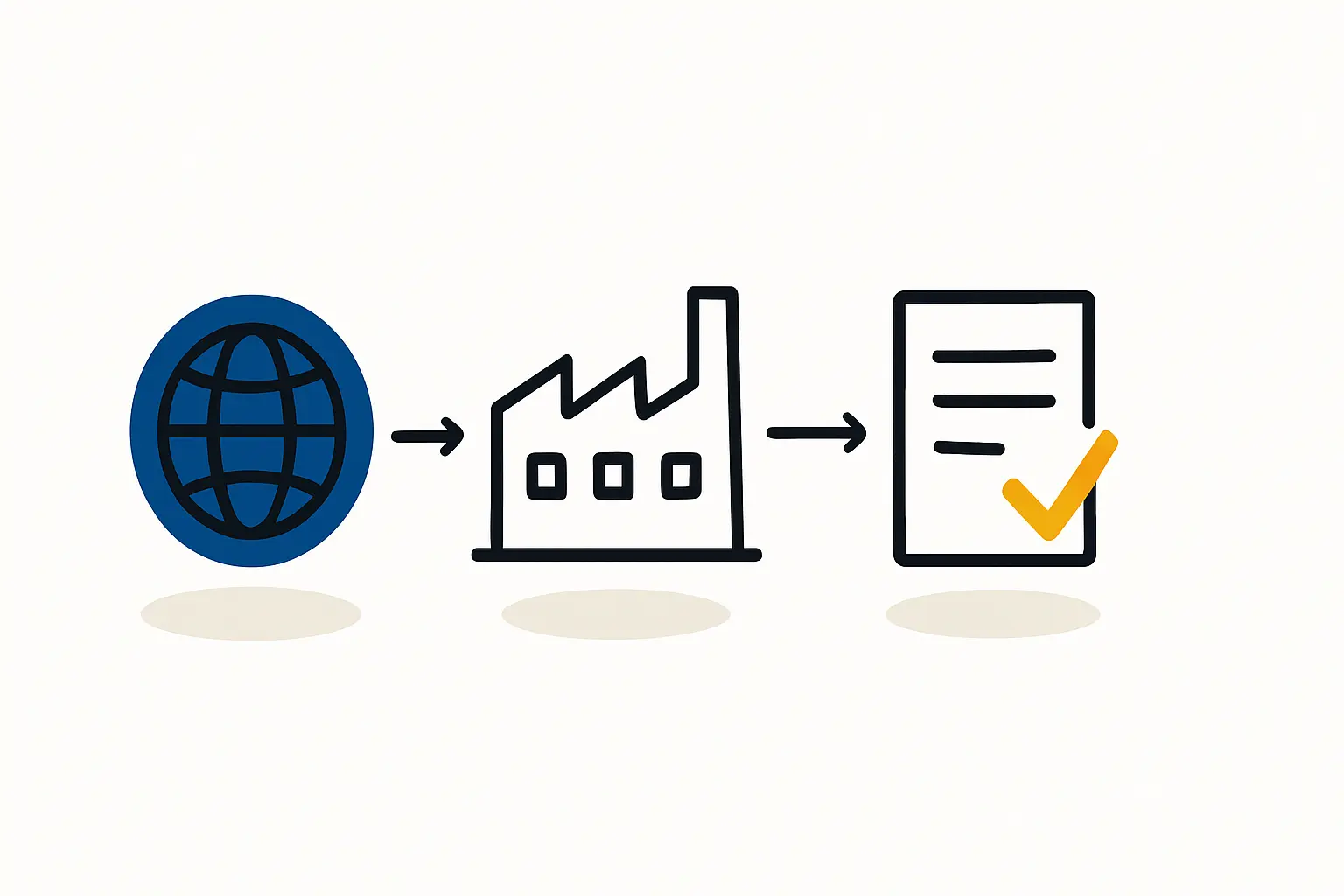Croatia is taking a major leap forward in its green energy transition, backed by a significant investment from the European Bank for Reconstruction and Development (EBRD) and other key partners. The project involves the construction of a sophisticated 60 MW battery energy storage system (BESS) combined with a virtual power plant (VPP) in Šibenik. This initiative is spearheaded by IE-Energy Projekt, with the EBRD investing €16.8 million, complemented by matching funds from Raiffeisen Mandatory and Voluntary Pension Funds and a €16.5 million grant from the EU Modernisation Fund.
Battery Energy Storage System in Croatia battery storage
The BESS will be a cornerstone of grid stability, connecting directly to the national electricity transmission network. Its primary function is to store excess energy generated during periods of high renewable output and release it back into the grid when demand is high or generation is low. This dynamic capability is enhanced by a state-of-the-art virtual power plant platform, which will enable real-time balancing of electricity supply and demand. This dual system is crucial for supporting the seamless integration of more renewable energy into Croatia’s power system. The project, expected to be completed by 2025, is a key part of a broader strategy to modernize the energy infrastructure across the region.
Supporting Renewable Energy Integration in Croatia battery storage
The EBRD’s investment underscores its commitment to fostering sustainable development. This battery storage system is pivotal for Croatia to achieve its renewable energy targets, particularly by smoothing out the intermittency of sources like wind and solar. As the country expands its solar capacity, understanding the solar panel manufacturing process becomes increasingly relevant to appreciating the scale of this transition. The system will provide essential balancing services, dramatically improving the stability and reliability of the grid. This is especially important as variable renewables become a larger part of the energy mix, a challenge shared by many European nations, including Germany, where grid stability is paramount for energy security.
Croatia’s Commitment to Green Energy with Croatia battery storage
The Croatian government is actively pursuing a robust green energy agenda, aiming to increase the share of renewables and reduce its carbon footprint. This project is a landmark component of that strategy, directly addressing the technical challenges of a renewable-heavy grid and reducing reliance on fossil fuels. By embracing advanced energy storage, Croatia is not just aligning with EU energy policies but is also setting a precedent for the region’s transition to a low-carbon economy. This commitment to green technology reflects a wider European trend, where understanding the basics of solar panel manufacturing is becoming essential for consumers and policymakers alike.
Ready to make big Profits?
The solar Industry is Booming
WE HELP NEWCOMERS to the solar industry start their own solar module production line. Customers can make BIG PROFITS by selling modules and finding investors, without wasting money and time on things they don't need!
Future Prospects for Croatia battery storage
As Croatia continues to build out its renewable infrastructure, the success of the Šibenik project will undoubtedly pave the way for more investment in smart grid technologies. The EBRD’s involvement, part of its broader commitment of over €5 billion across 273 projects in Croatia, highlights the critical role of international finance in driving the energy transition. This green shift is about more than just meeting climate targets; it’s about bolstering energy security, creating new economic opportunities, and lowering energy costs. Understanding the solar panel manufacturing plant cost breakdown can provide insight into the scale of investments required for such a transition.
The integration of advanced storage systems will empower Croatia to manage its energy resources more effectively, supporting sustainable growth in a sector that is projected to help drive the national economy forward. This project stands as a powerful model for other nations in the region, demonstrating a clear path toward achieving both climate goals and energy independence. To learn more about how these technologies are changing our world, consider enrolling in our free e-course.



